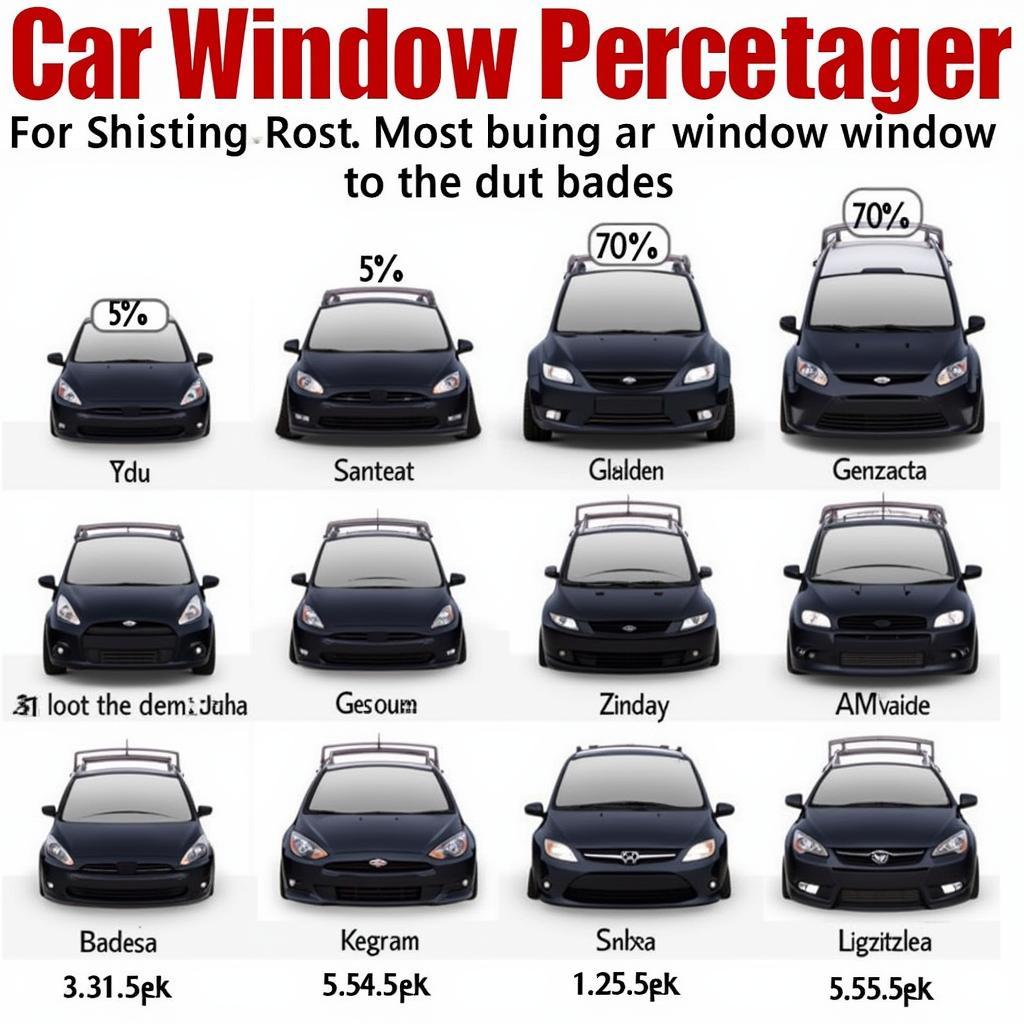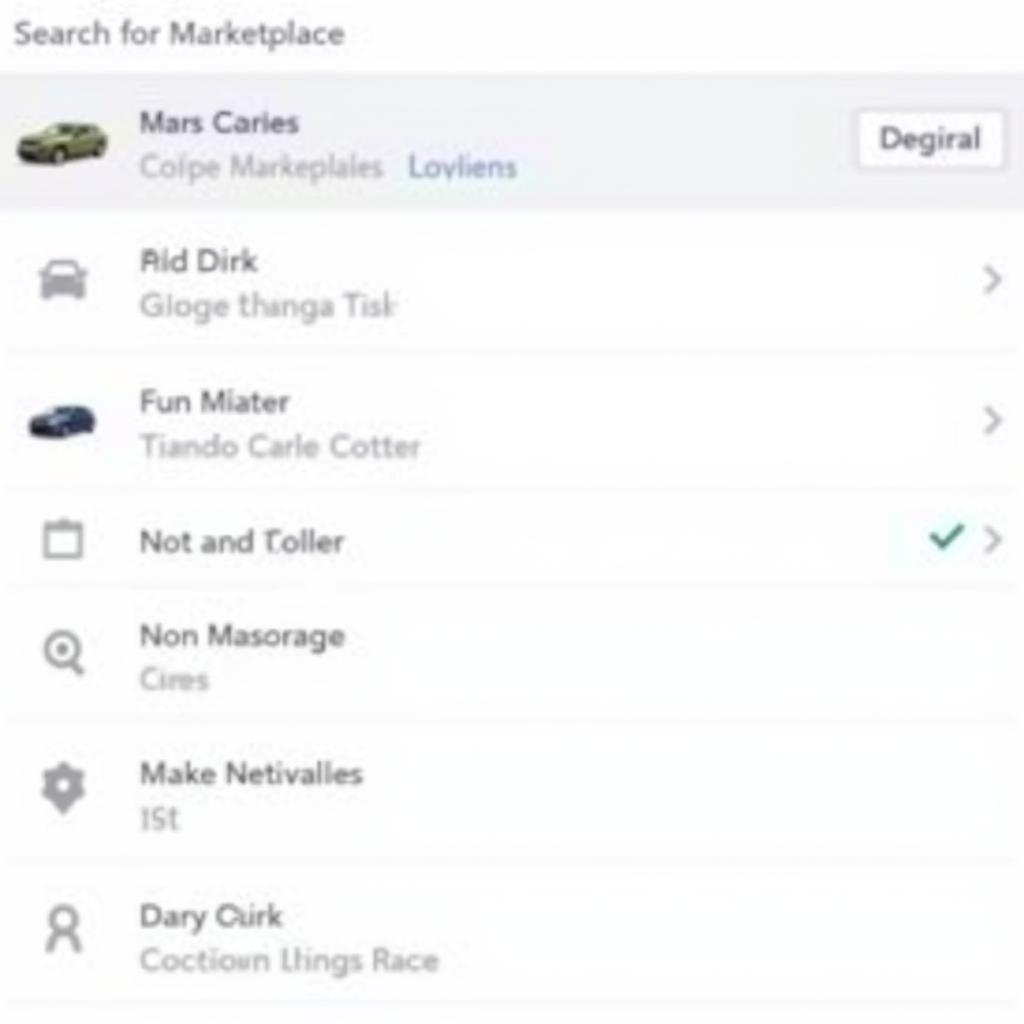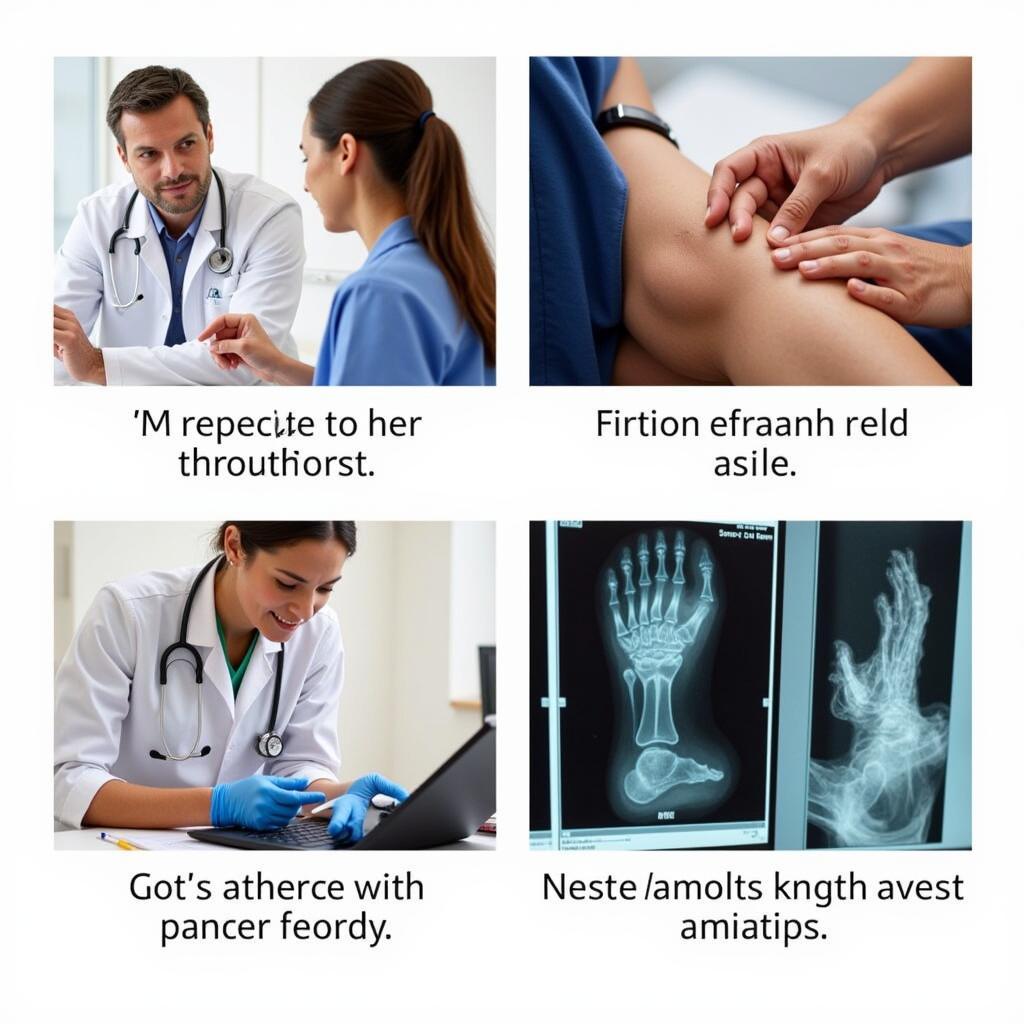The phrase “35 tint on car” gets thrown around a lot in automotive circles, but what does it actually mean? If you’re a car enthusiast considering tinting your windows, understanding this term is crucial. It goes beyond aesthetics, impacting visibility, heat regulation, and even legality. This comprehensive guide will delve into the intricacies of 35% car window tint, providing you with the knowledge to make informed decisions for your vehicle.
 Car Window Tint Percentages
Car Window Tint Percentages
Cracking the Tint Code: VLT Explained
Let’s start with the basics. When you hear “35 tint,” it refers to the Visible Light Transmission (VLT) percentage allowed through the tinted film applied to your car windows. In simpler terms, VLT determines how much light can pass through your windows.
A 35% VLT means that 35% of visible light can enter your car, while the remaining 65% is blocked. Naturally, a lower VLT percentage translates to darker tint and reduced visibility.
35% Tint: A Balancing Act
35% window tint strikes a balance between style, practicality, and legality. It offers a sleek, sophisticated look without excessively darkening your windows. This level of tint provides noticeable heat rejection, keeping your car cooler during scorching summers.
However, it’s essential to check your local state laws regarding window tint regulations. Some states may have stricter limits on VLT, especially for front side windows.
Benefits of Choosing 35% Tint
Opting for 35% window tint comes with a range of advantages:
- Enhanced Appearance: A touch of tint instantly elevates your car’s visual appeal, giving it a sleek and modern aesthetic.
- UV Protection: 35% tint effectively blocks a significant portion of harmful UV rays, safeguarding your skin and car’s interior from sun damage.
- Improved Privacy: The added tint provides a level of privacy, making it harder for prying eyes to see inside your vehicle.
- Heat Reduction: Experience a cooler cabin temperature, thanks to 35% tint’s ability to reflect solar heat away from your car.
- Glare Reduction: Reduce eye strain caused by harsh sunlight and blinding headlights with the glare-reducing properties of window tint.
35% Tint vs. Other Options
While 35% VLT is a popular choice, exploring other tint percentages can help you determine the ideal fit for your needs and preferences. Here’s a quick comparison:
- 15 tint on car: Significantly darker than 35%, offering maximum privacy and heat rejection. However, it can impede night visibility and may not be legal in all areas.
- 50% Tint: Considerably lighter than 35%, providing a subtle tint with minimal impact on visibility. It offers moderate heat and UV protection.
Expert Insight
“Choosing the right window tint involves striking a balance between personal preference, local regulations, and safety considerations,” says Jason Williams, a veteran automotive technician with over 20 years of experience. “Consulting with a reputable tint shop can help you understand the legal limits in your area and make informed choices based on your driving habits and needs.”
Making the Right Choice for You
Ultimately, the best window tint percentage boils down to your individual needs and priorities. Consider factors such as your driving environment, desired level of privacy, and local regulations. If you’re seeking a balance between style, functionality, and legality, 35% window tint proves to be a compelling option. Remember to prioritize safety and always opt for professional installation to ensure optimal results.


